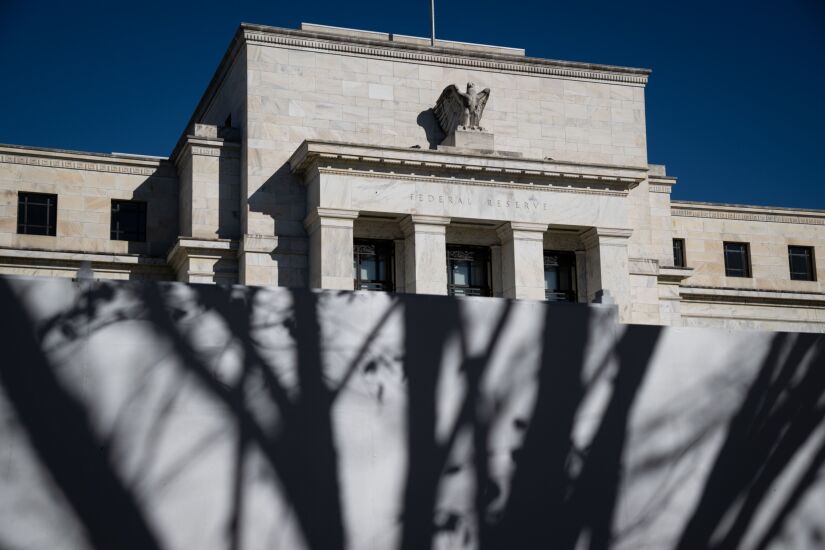Want unlimited access to top ideas and insights?
In July's roundup of top tech news: Banks weigh in on the fallout from CrowdStrike's outage, Patelco Credit Union navigates an ongoing legal battle over ransomware attack, JPMorgan Chase shares how it is using tech to help fight fraud and more.















